
The Tachinidae are a large and variable family of true flies within the insect order Diptera, with more than 8,200 known species and many more to be discovered. Over 1,300 species have been described in North America alone. Insects in this family commonly are called tachinid flies or simply tachinids. As far as is known, they all are protelean parasitoids, or occasionally parasites, of arthropods, usually other insects. The family is known from many habitats in all zoogeographical regions and is especially diverse in South America.
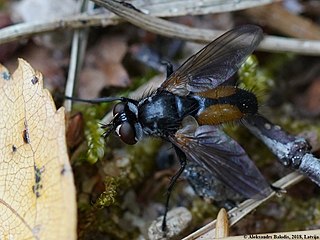
Hemyda is a genus of flies in the family Tachinidae.

Istocheta is a genus of flies in the family Tachinidae.
Neaera is a genus of flies in the family Tachinidae.

Blepharomyia is a genus of flies in the family Tachinidae.

Cryptomeigenia is a genus of parasitic flies in the family Tachinidae. Larvae are parasitoids of adult scarab beetles.
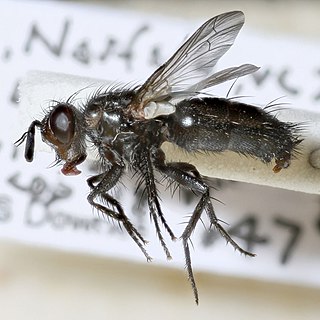
Germaria is a genus of flies in the family Tachinidae.
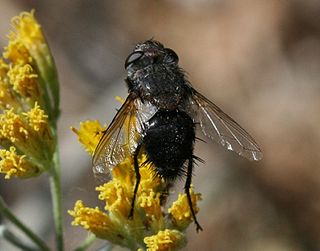
Pseudogonia is a genus of flies in the family Tachinidae.
Smidtia is a genus of flies in the family Tachinidae.

Lydella is a genus of flies in the family Tachinidae. Lydella thompsoni can be used in the UK for the biological control of the European corn borer.
Bessa is a genus of flies in the family Tachinidae.

Cyzenis is a genus of flies in the family Tachinidae.
Elodia is a genus of flies in the family Tachinidae.
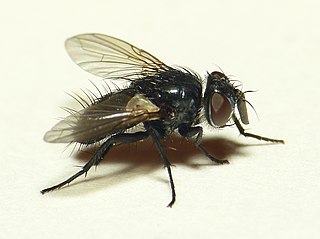
Blondeliini is a tribe of parasitic flies in the family Tachinidae. Larvae are parasitoids of other insects, mostly beetles and caterpillars. Although nearly cosmopolitan, its greatest diversity is in the New World and especially in South America.
Clemelis pullata is a species of fly in the family Tachinidae. This family consists of dipteran tachina flies, which are protelean parasitoids of arthropods.
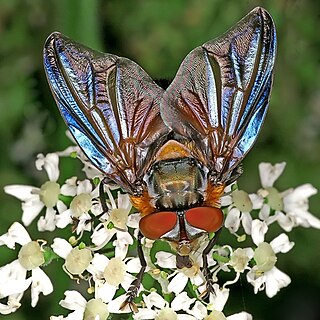
Phasiinae is a subfamily of flies in the family Tachinidae. Except for the small tribe Strongygastrini members of this subfamily attack only Heteroptera.
Smidtia conspersa is a species of fly in the family Tachinidae.

Nemorilla floralis is a species of tachinid fly.
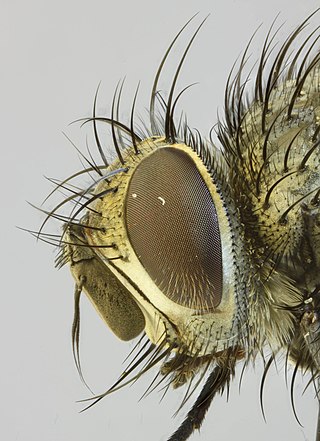
Phryxe nemea is a species of fly in the family Tachinidae.
Elodia ambulatoria is a species of tachinid fly in the genus Elodia of the family Tachinidae. It is a parasitoid of Archinemapogon yildizae.












